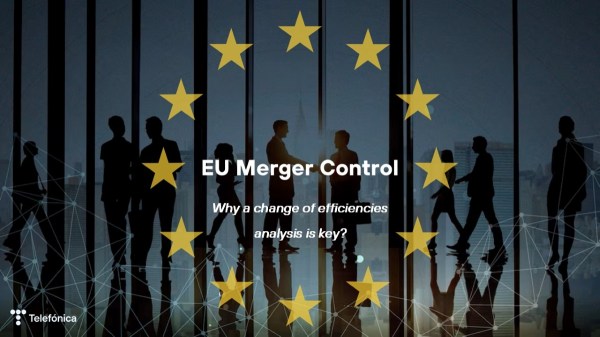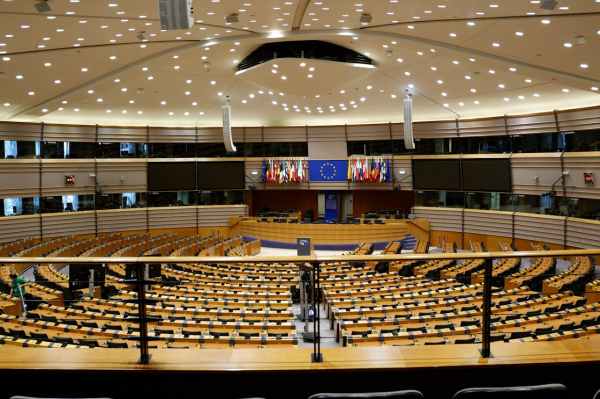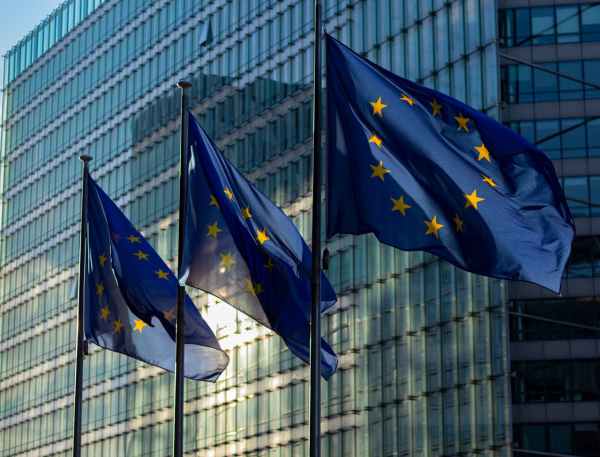During the week of 20 October, at MWC Kigali 2025; Africa’s most influential connectivity event; the GSMA presented its guide “The Business Imperative for Digital Inclusion: Reporting and Engagement Guide”. Through this document, the GSMA provides companies with a roadmap to place digital inclusion at the heart of their strategy. Telefónica is showcased via a success case in managing and reporting on digital inclusion: its Digital Inclusion Report.
Beyond corporate responsibility, the GSMA guide frames digital inclusion as a business opportunity that drives value and growth. Indeed, according to the GSMA’s Mobile Economy 2025 report, mobile technologies alone will add USD 1.1 billion to the global economy by 2030.
This perspective aligns with Telefónica’s vision. The company is committed to responsible digitalisation that, on the one hand, delivers a positive impact for stakeholders fulfilling its purpose of “making our world more human by connecting people’s lives” and, on the other, helps make Telefónica more sustainable, competitive, resilient and relevant.
Responsible digitalisation
What does “responsible digitalisation” mean? For Telefónica, it means providing connectivity and digital services that are environmentally respectful, trustworthy, accessible and inclusive for everyone. Regarding this last point, the company leverages its capabilities to address the barriers faced by the most vulnerable groups in society in accessing technology, whether due to coverage or usage gaps.
What counts as a coverage gap and a usage gap? The first involves a lack of physical access to connectivity networks, especially in rural or lacking areas. Network roll-out in recent years has significantly reduced this gap globally. In fact, according to GSMA data, by 2025, of the 3.4 billion people who remain without mobile internet connectivity, nearly 90% live in areas that already have mobile broadband coverage but still do not use mobile internet. This is known as the usage gap, which refers to the difficulties people face in using technology, even if they have full access to connectivity, and which particularly affects older people, persons with disabilities, and those with lower digital skills or fewer resources.
On that basis, and with the aim of sharing complete, accurate and transparent information on its strategy, initiatives and indicators for digital inclusion with stakeholders, Telefónica published its first Digital Inclusion Report in June 2025, now highlighted as a best-practice case in the GSMA guide launched in Kigali.
Led by Telefónica’s Global Sustainability (ESG) department and coordinated across other areas, the report explains how the company puts its technology, connectivity and digital services at the service of customers and society to create opportunities, remove barriers and, ultimately, improve people’s lives.
From access to sustainable value creation
The report is aligned with the methodology of the Digital Inclusion Benchmark, a ranking driven by the World Benchmarking Alliance, which has recognised Telefónica as the global leader in digital inclusion since 2021, and is structured around five themes: access, skills, use, innovation and sustainable value creation.
Throughout the report, Telefónica sets out how it addresses the diverse challenges of digital inclusion, from network deployment to promoting safe and responsible use of technology, including the development of accessible digital services.
For Telefónica, the report is essential to communicate its milestones, targets and indicators to the investment community (around 40% of global assets under management already integrate ESG criteria, and this share is expected to grow), as well as to partners, technology professionals and other stakeholders. It has also been key internally to foster reflection, generate synergies and align efforts across the areas involved.
These insights were considered by the GSMA in selecting Telefónica’s Digital Inclusion Report as one of the featured case studies in its guide. Alongside Telefónica, the document includes case studies from major telcos such as América Móvil, AT&T, Deutsche Telekom, Orange, Entel, Safaricom and MTN. It also proposes a set of indicators for companies in the sector to measure progress and impact, presented through three frameworks tailored to different levels of maturity on the path to digital inclusion: foundational, intermediate or advanced.
The GSMA guide is the result of several months’ work with industry companies in a dedicated digital inclusion working group, in which Telefónica participated.
Only through clear, transparent communication and strong collaboration among sector players will it be possible to unlock the full potential of technology and deliver a real impact on people’s lives. The vision shared by Telefónica and the GSMA places digital inclusion as a strategic, cross-cutting priority for business which, in addition to building a fairer, more human and more sustainable digital ecosystem, drives business growth, innovation and long-term sustainability.









